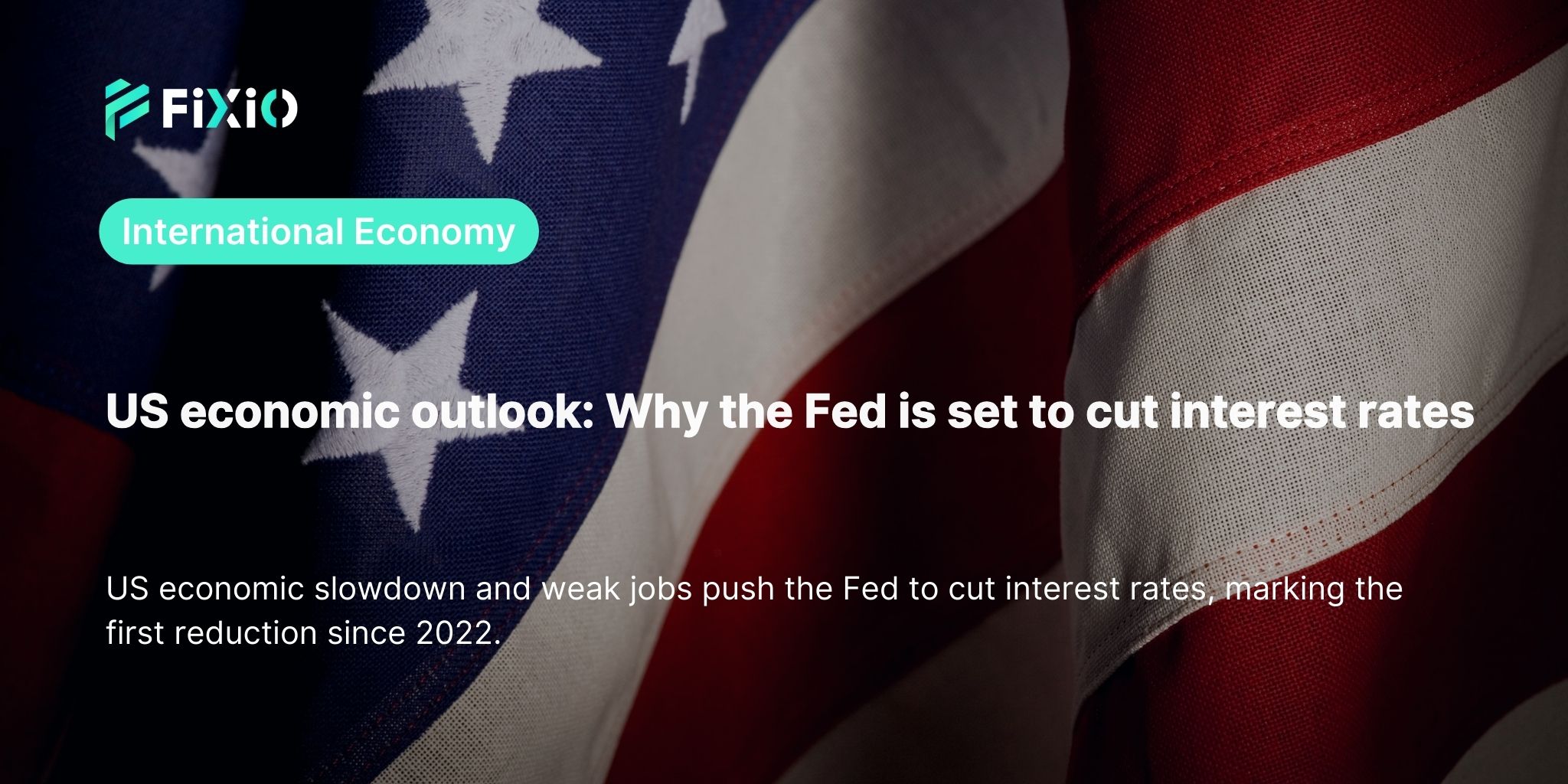
US economic signals have shifted enough for the market to expect a Federal Reserve rate cut, and the core question is why policymakers believe easier money is now the safer path.
For nearly two years, the Federal Reserve raised the federal funds rate to cool inflation. Price growth has eased from its peak, yet it remains uneven. Even so, the US economic policy focus has evolved. Instead of solely restraining demand, the Fed now aims to insure against a sharper slowdown by trimming borrowing costs. Consequently, a modest cut can reduce pressure on mortgages, auto loans, and business credit while maintaining vigilance against a renewed price surge. In practice, the Fed balances two goals—stable prices and maximum employment. Therefore, when inflation progress meets signs of slower hiring, a tactical pivot becomes logical. Markets have priced this path for months, and recent data have simply accelerated the timeline.
Although headline inflation wobbled, forward-looking forces softened. Business surveys pointed to slower new orders, and fewer firms reported aggressive price hikes. Meanwhile, the labor market lost some heat as job postings normalized. In normal cycles, those signals would not guarantee a downturn. However, monetary policy works with a lag; today’s high rates bite hardest after many months. Because of that lag, waiting too long risks over-tightening into weakness for the broader US economic landscape. Furthermore, the cost of capital has stayed restrictive. Real (inflation-adjusted) policy rates remain above many estimates of neutral. As a result, the bar for incremental easing dropped. Importantly, the cut is not an “all clear” on inflation; rather, it reflects a calibrated risk trade-off.
Hiring has cooled from breakneck speed. Payroll gains have normalized, quits rates receded, and wage growth decelerated from its highs. Because the employment mandate matters as much as inflation, these developments carry weight. Economists track monthly nonfarm payrolls, the unemployment rate, and participation trends. When momentum slows across several of these series, policymakers take note. Moreover, leading indicators—like average weekly hours—often turn before layoffs rise. If hours shrink and openings slip, the next step can be softer payroll prints. Therefore, a small, pre-emptive cut aims to stabilize hiring before weakness snowballs across the US economic recovery.
Inflation has fallen from its 2022 peak, helped by easing supply bottlenecks and steadier energy markets. Yet it has not returned neatly to 2% on every measure. The Fed’s preferred gauge, the PCE price index, shows disinflation with occasional bumps. Because services prices can be sticky, progress rarely looks linear. Even so, a restrictive stance over the past year created enough drag that officials judged a gentle recalibration prudent. Another reason: inflation expectations remain anchored. When households and firms trust the central bank’s resolve, they adjust prices and wages less aggressively. That credibility allows the Fed to nudge rates lower without unmooring expectations.
Rate decisions combine data, models, and judgment. Historically, simple rules of thumb—such as the Taylor rule—guide thinking, though the Fed does not follow any formula mechanically. The modern backdrop includes supply shocks, post-pandemic dynamics, and shifting demographics. Therefore, officials weigh a wider dashboard: employment breadth, credit conditions, bank lending standards, housing affordability, and market-based inflation expectations. When several of those gauges blink caution—yet inflation remains on a downtrend—a small cut can lower the odds of a hard landing. It is insurance, not capitulation.
Central banks must act independently to keep inflation expectations anchored. The doctrine of central bank independen
US economic slowdown and weak jobs push the Fed to cut interest rates, marking the first reduction since 2022.
Superior trade execution & trading conditions with the NDD method.

The online FX industry provides a platform for investors worldwide to engage in the buying and selling.

Subscribe to our daily newsletter and get the best forex trading information and markets status updates
Trade within minutes!
Comment (0)